Boeing makes a significant step toward fielding truly combat-capable drone wingmen
- By Alex Hollings
Share This Article
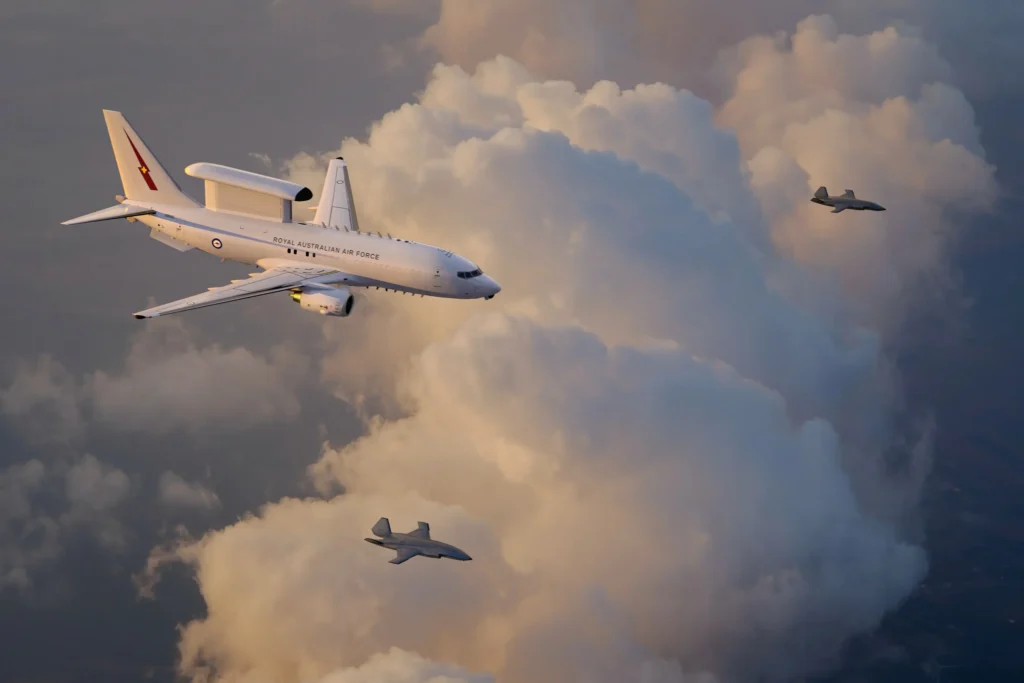
Boeing just made a significant step toward fielding truly combat-capable drone wingmen as two of its artificial intelligence-enabled MQ-28 Ghost Bat drones engaged a notional airborne target under the command of an operator in a nearby Australian E-7A Wedgetail aircraft. The target these fighter drones engaged was digital, but the MQ-28s and the E-7A Wedgetail these were escorting were very real.
According to a Boeing press release, a single operator onboard an E-7A Wedgetail airborne early warning and control (AEW&C) aircraft took control of both MQ-28s and instructed them to protect his aircraft. Boeing did not disclose the nature of the digital target they presented the MQ-28s, nor did it offer any specifics regarding the notional weapon systems employed, ranges of the engagement, or any other operational details.
Up until recently, the MQ-28 drone program was focused primarily on the intelligence, surveillance and reconnaissance, or ISR, mission set, with Australian officials only confirming last July that the platform will eventually be able to carry kinetic payloads.
“We are initially concentrating on ISR capability, but we have not ruled out it having combat capability. We are investigating the payload implications,” the Australian Minister for Defence Industry Pat Conroy said at the time.
Boeing echoed these sentiments in its own statement, emphasizing that the customers ultimately dictate the payloads and mission sets for the aircraft before adding that the Royal Australian Air Force and Boeing “have developed the MQ-28 capability with flexible, modular sensors and payloads, and our strategy remains unchanged.”
The first of eight Block 1 MQ-28 prototypes took flight in February 2021, and by November 2024 it was reported that the entire prototype fleet had accumulated 100 hours of real-world flight testing, along with 20,000 additional hours of testing in all-digital environments. Construction of the first Block 2 MQ-28s, with a simplified wing-layout, a new GPS-assisted inertial navigation system, and expanded avionics began in January 2025. The first of these updated jets is expected to be completed before the end of the year.
The Royal Australian Air Force believes it can have the MQ-28 in service in just the next few years – and they aren’t the only ones interested. Both the U.S. Air Force and the U.S. Navy are also testing the MQ-28 for future collaborative combat aircraft contracts and Australia footing much the R&D bill certainly won’t hurt the platform’s chances at serious consideration.
The U.S. Air Force, Navy, and Marine Corps all ultimately intend to field a variety of AI-enabled drone wingmen to serve in a variety of roles, meaning there will be several contracts to compete for in the years ahead. Pat Conroy has said the target price point for the MQ-28 is 10% of the cost of a new runway queen F-35A, which tends to sit at around $85 million, which would put the Ghost Bat at around $8.5 million per unit.
The United States Air Force has been making serious strides in the race to field AI-piloted fighter drones to operate alongside advanced fighters like the Block 4 F-35 and forthcoming F-47.
Anduril’s YFQ-44 and General Atomics YFK-42 are currently making their way toward service as the world’s first operational fighter drones. These two aircraft are far from the only drone wingmen, with Northrop Grumman’s Model 437 Vanguard, Kratos’ XQ-58 Valkyrie, and, of course, Boeing Australia’s MQ-28 Ghost Bat program that’s been maturing since 2019 all in the works.
Feature Image: An artist’s rendering of a Royal Australian Air Force E-7A Wedgetail teaming with two MQ-28 Ghost Bat collaborative combat aircraft. (Boeing illustration)
Read more from Sandboxx News
- The M10 Booker and how the Army flubbed a tank
- Israel wipes out Iranian F-14 Tomcats on the airstrip
- The gravity of the situation: How to fly a fighter upside down
- Israel eliminates Iran’s top military leaders and strikes nuclear facility in unprecedented attack
- Air Force gives us a glimpse of its new AGM-181 LRSO nuclear missile
Related Posts
Sandboxx News Merch
-

‘AirPower’ Classic Hoodie
$46.00 – $48.00 Select options This product has multiple variants. The options may be chosen on the product page -
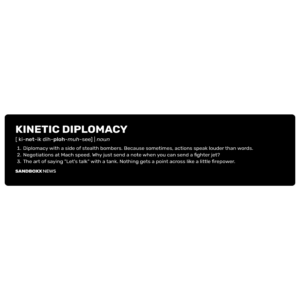
‘Kinetic Diplomacy’ Bumper Sticker (Black)
$8.00 Add to cart -

‘Sandboxx News’ Trucker Cap
$27.00 Select options This product has multiple variants. The options may be chosen on the product page

Alex Hollings
Alex Hollings is a writer, dad, and Marine veteran.
Related to: Airpower
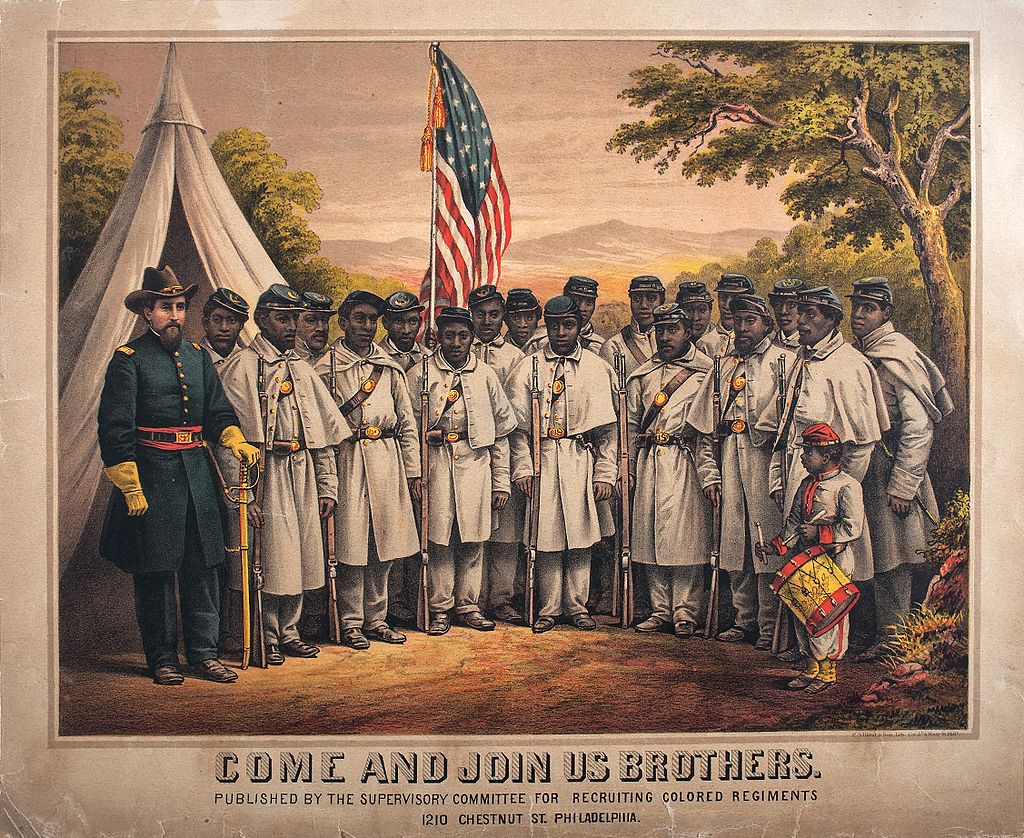
The military roots of Juneteenth and why we celebrate it
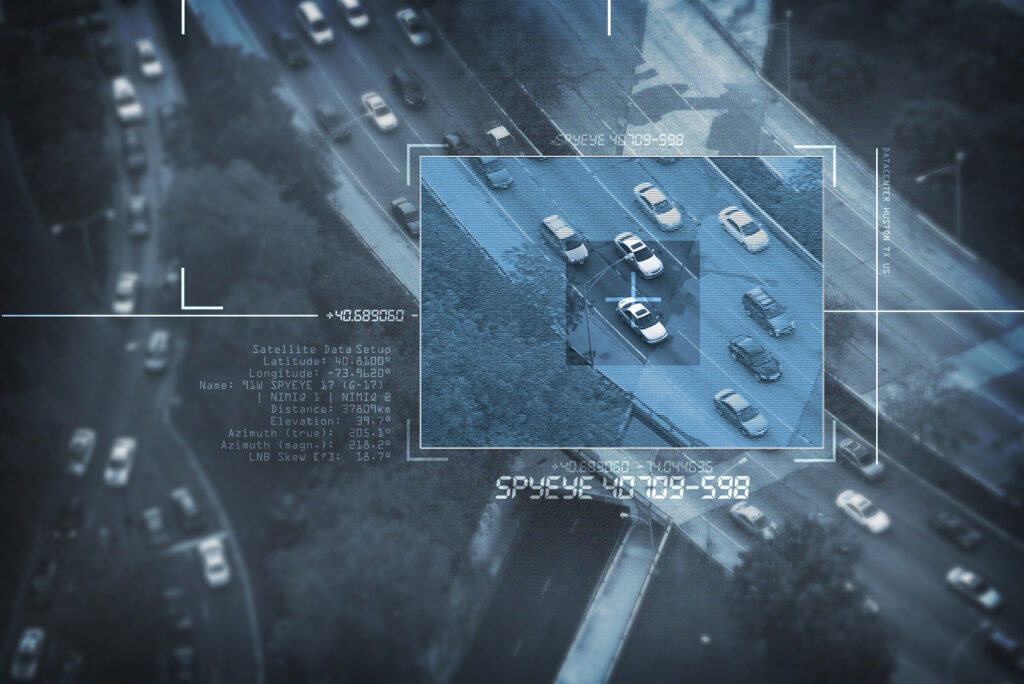
Spy satellites aren’t nearly as all-seeing as you think
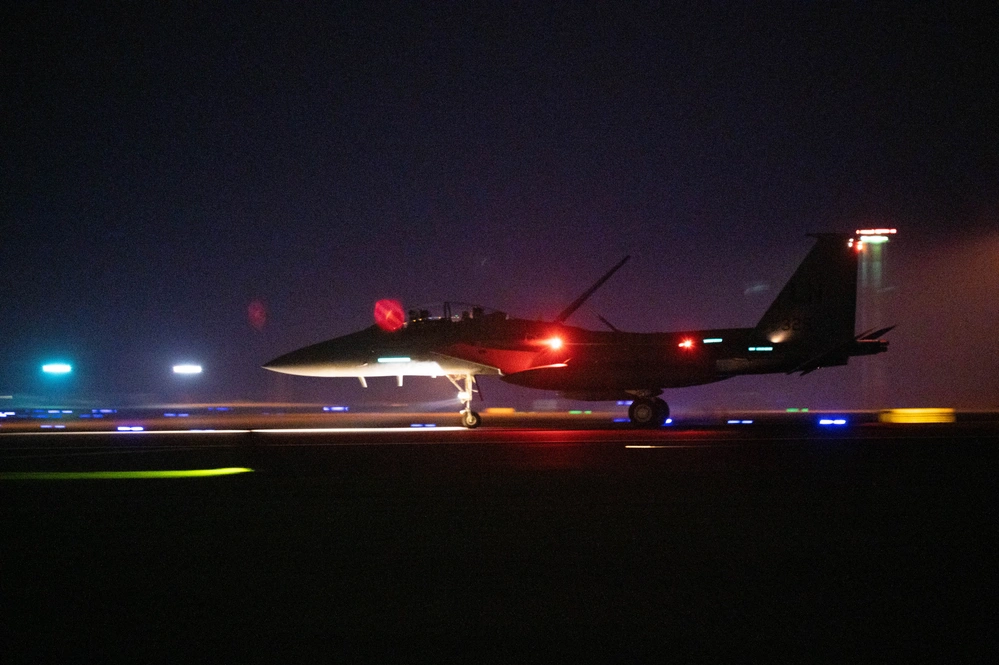
The incredible true story of American fighters taking on an Iranian drone swarm and winning

Air Force has revealed world’s first two AI-piloted fighter drones
Sandboxx News
-

‘Sandboxx News’ Trucker Cap
$27.00 Select options This product has multiple variants. The options may be chosen on the product page -

‘AirPower’ Classic Hoodie
$46.00 – $48.00 Select options This product has multiple variants. The options may be chosen on the product page -

‘AirPower’ Golf Rope Hat
$31.00 Select options This product has multiple variants. The options may be chosen on the product page -

‘Sandboxx News’ Dad Hat
$27.00 Select options This product has multiple variants. The options may be chosen on the product page
